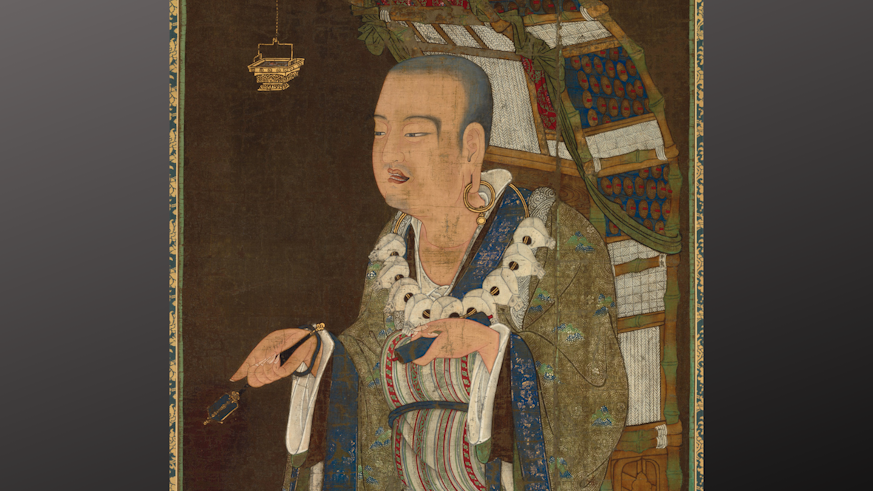Mapping the Buddha's life: Reconstructing the Xuanzang Trail
15 December 2022

Experts in archaeology and religious studies are following the footsteps of a famous early influential Chinese Buddhist traveller
An exciting inter-disciplinary humanities project is transforming understanding of early medieval Buddhism by identifying the places and sites made famous in the writings and travels of the Chinese Buddhist monk Xuanzang.
The Xuanzang Trail project is bringing together archaeological exploration and a new English commentary of Xuanzang’s Record of the Western Regions , with positive impacts for both academia, heritage and tourism.
In the 7th century, the monk Xuanzang (AD 600 – 663) completed an epic journey to travel to the heartland of his religion, Buddhism, in India, travelling more than 12,000 miles on the Silk Road from his native China to visit the holy places linked with the life of the Buddha in India, particularly in the ancient region of Magadha, in the south of present-day Bihar.
His travelogue is a remarkable document, giving a rich account of the people, lands and customs he encountered throughout this sixteen-year journey (AD 629 to 645
In addition to the travelogue of this journey, Xuanzang is known for the epoch-making contributions to Chinese Buddhism, translating a huge amount of Buddhist texts into Chinese which he had brought back from India..
During this latest exploration, Professor of Buddhist Studies Max Deeg , Reader in Archaeological Science Dr Richard Madgwick , field archaeologist Dr Arun Kumar and project surveyor Ravinder Joshi, successfully identified archaeological sites in Bihar, northeast India, as places mentioned by Xuanzang. Bio-archaeologist and bone specialist Madgwick also examined human and animal bones retrieved from the monastic site of Telhara, south of Patna.
The team has verified archaeological sites mentioned in Xuanzang’s record, additionally identifying previously unknown sites referred to by the legendary monk.
In November, they explored the area in and around two UNESCO world heritage sites: Bodhgayā - the place of the Buddha’s enlightenment and the archaeological monastic site of Nālandā, known as the oldest university in the world, as well as sites in Rājgir, the most ancient capital of the kingdom of Magadha.
This latest round of the collaborative project builds on initial scouting site tours by the Patna-based archaeological team.
Just back from the latest exploratory tour where he also delivered a public lecture on the impact of Xuanzang’s travelogue on the study of early Medieval India at Patna University, project co-director Professor Deeg said:
‘One of the goals of the project is to promote heritage awareness in local communities, the wider society of Bihar and beyond by establishing the Xuanzang trail in Bihar. This will play an important role in the development of tourism and Buddhist pilgrimage in the Bihar and will have benefits for the local economy, resulting directly from the project’s research.’
Started in 2020, The Xuanzang Trail project is an international collaboration between Cardiff University and the Bihar Heritage Development Society (BDHS) in India, led by Professor Deeg and BDHS executive director Dr Bijoy Choudhury, made possible by generous support and funding from the Society.
The team’s next exploration tour will focus on the regions north of the river Ganges in Bihar in spring 2023.

